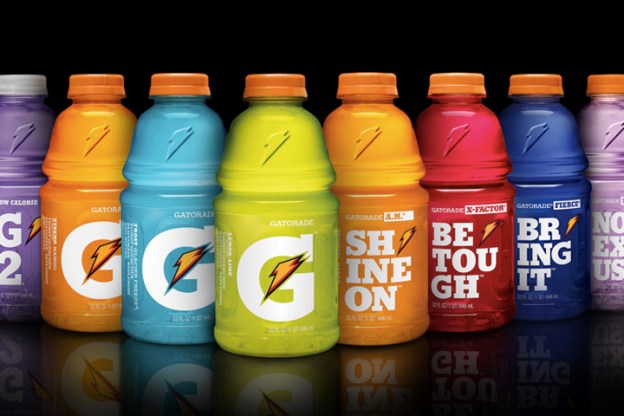
Ever feel invincible after a chug of the thirst-quenching Gatorade, as if you can endure anything and everything post-power boost? Maybe it’s due to the fact that manufacturers have been pumping it with an ingredient linked to flame retardant – and it only took parent company PepsiCo this long to remove the synthetic chemical from production.
The sports beverage came under fire late last year after a 15-year-old girl noticed “brominated vegetable oil” listed as an ingredient and realized its consumption side effects include neurological disorders and altered thyroid hormones. She then started a Change.org petition for PepsiCo to remove the ingredient, garnering nearly 200,000 signatures. Molly Carter, a spokeswoman for PepsiCo Inc. said the company had planned to remove the ingredient for years now but were facing issues with how to substitute BVO without altering the drink’s flavor. The petition did not affect PepsiCo’s decision to make changes, but did reflect the general consumer’s need to address the issue.
Brominated vegetable oil is a common ingredient in 10 percent of today’s beverages, including PepsiCo’s Mountain Dew, Coca-Cola’s Fanta Orange, Powerade, and Fresca, and Snapple Group’s Dr. Pepper. It is used as an emulsifier to evenly distribute the citrusy flavor, preventing the majority of the sweet, tart taste and color from collecting at the surface. As the name suggests, BVO contains bromine, an element found in flame retardants used in electronics plastic covers, computers, and household textiles to reduce fire risks. BVO as an ingredient in food is banned in Japan, India, and the European Union. Way to go, America.
Although the side effects sound rather scary, Carter says there will be no beverage recalls as they do not believe there are “health or safety risks,” but the new flavors of Gatorade without BVO are slated to enter market in the “next few months.” No words on whether PepsiCo aims to make changes to Mountain Dew, which now means that not only will you be drinking flame retardant with each gulp, you’ll also allegedly lower sperm count like no tomorrow. Are you finally convinced to quit soft drinks now?


